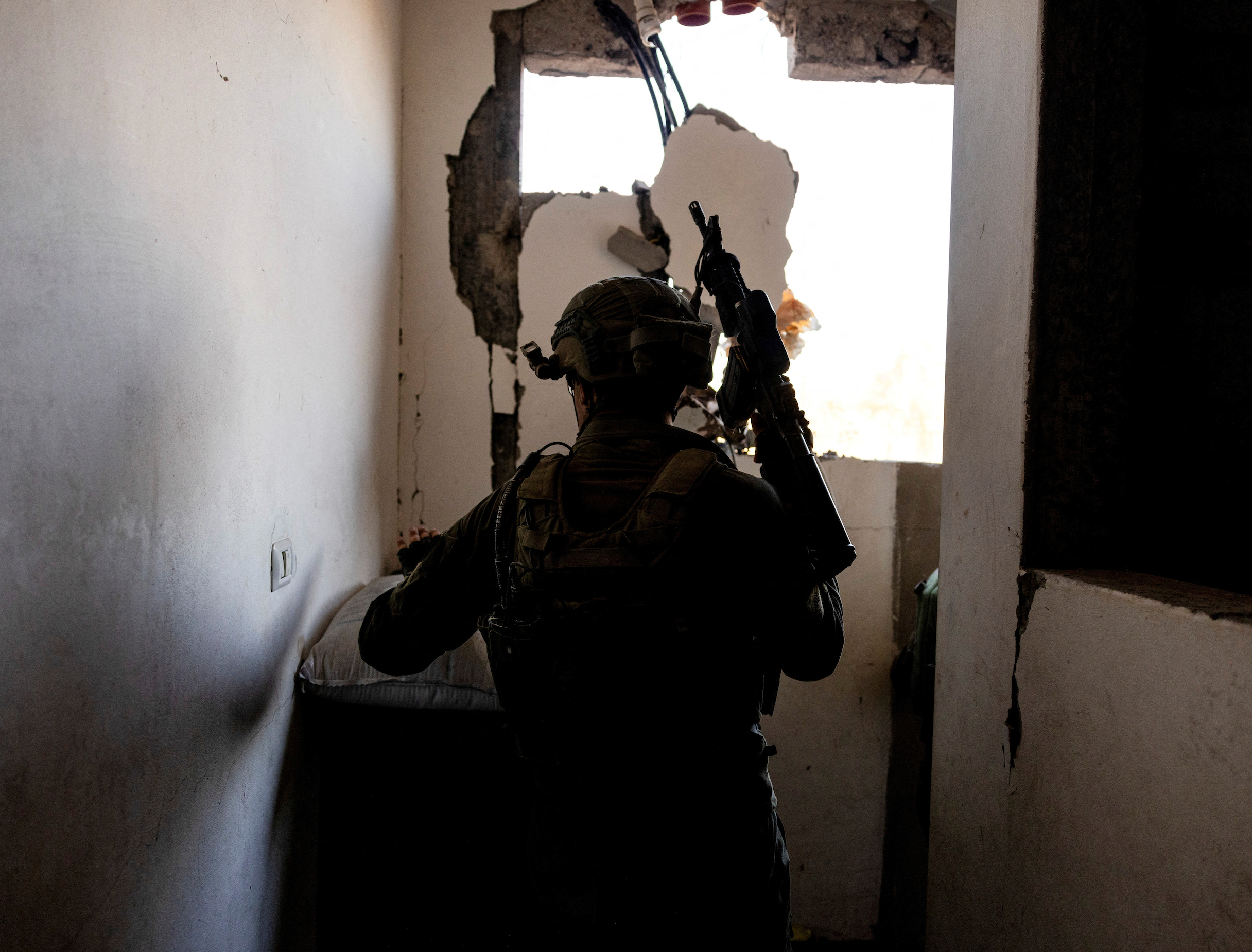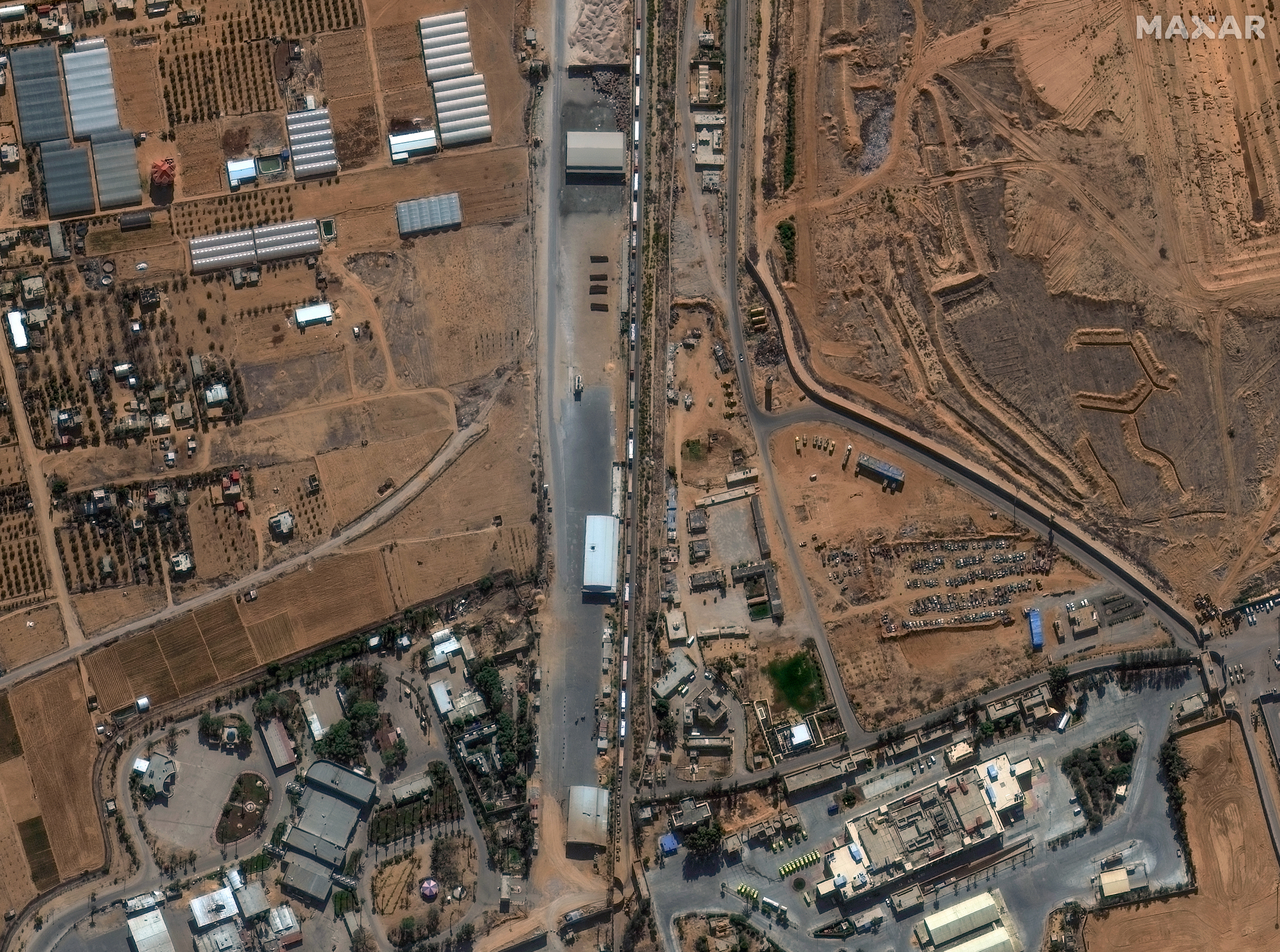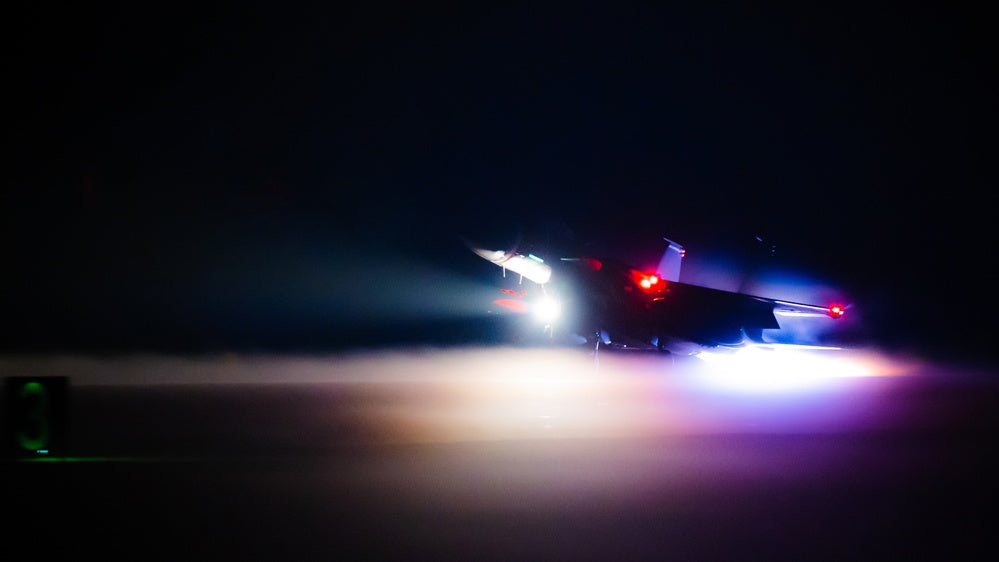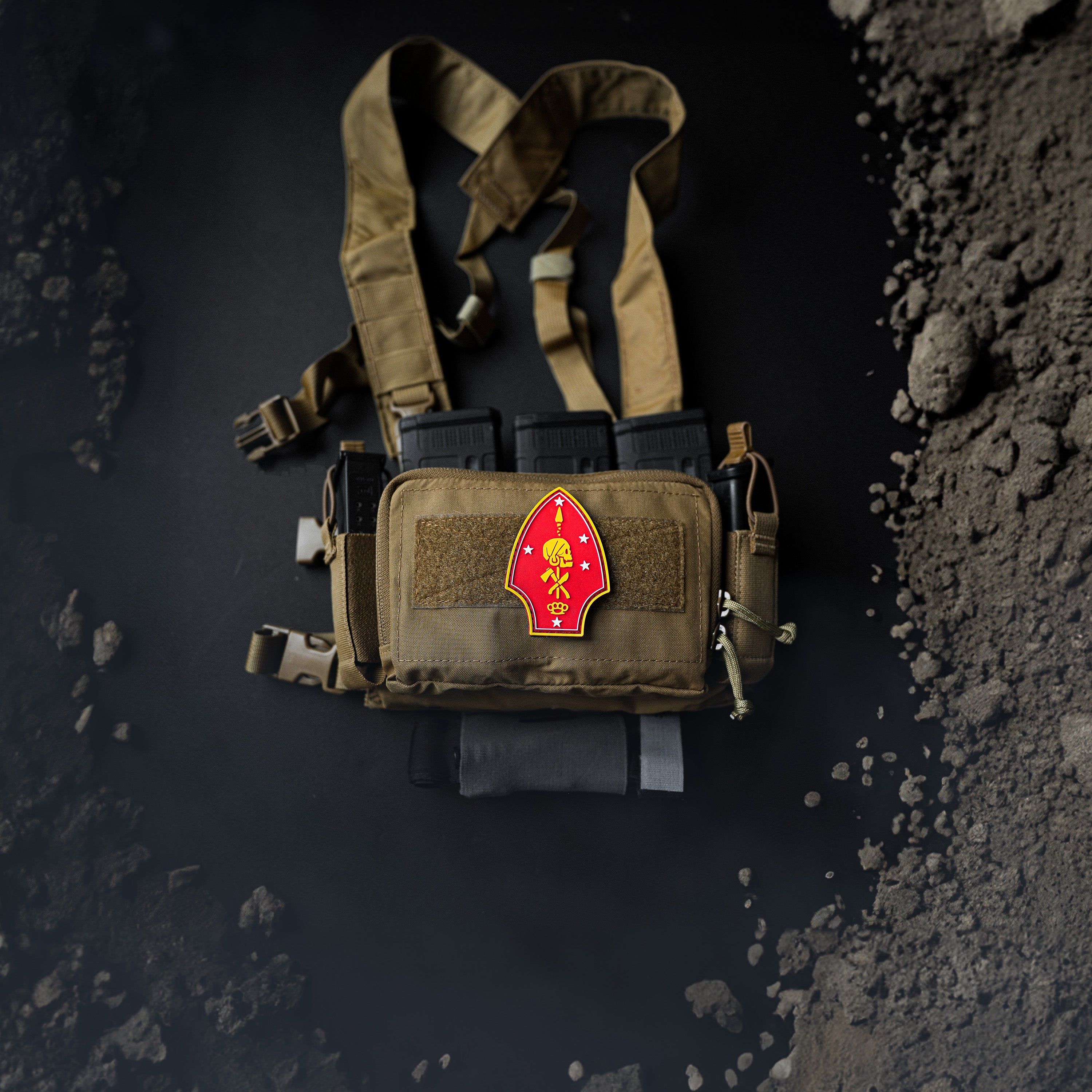
Israeli, Hamas fighters in close combat in Gaza City as civilians flee
PHOTO CAPTION: An Israeli soldier operates amid the ongoing ground invasion against Palestinian Islamist group Hamas in the northern Gaza Strip, November 8, 2023. REUTERS/Ronen Zvulun
By Nidal al-Mughrabi and Maytaal Angel
GAZA/JERUSALEM (Reuters) -Israeli forces and Hamas militants appeared to be battling at close range in Gaza City as thousands of civilians fled south on Wednesday to avoid being trapped in the heart of the conflict.
The Israeli military said its troops had advanced into the heart of Gaza City, Hamas' main bastion and the biggest city in the seaside enclave, while the Islamist group said its fighters had inflicted heavy losses.
Hamas' armed wing on Wednesday released a video that appeared to show intense street battles alongside bombed out buildings in Gaza City.
Israeli tanks have met heavy resistance from Hamas fighters using underground tunnels to stage ambushes, according to sources with Iran-backed Hamas and the separate Islamic Jihad militant group.
Israel struck Gaza in response to a cross-border Hamas raid on southern Israel on Oct. 7 in which gunmen killed 1,400 people, mostly civilians, and took about 240 hostages, according to Israeli tallies.
Palestinian officials said 10,569 people had been killed as of Wednesday, 40% of them children. Israel says 33 of its soldiers have been killed.
One clip from the Hamas video released on Wednesday showed fighters running past piles of debris and stopping to fire shoulder-propelled missiles at Israeli tanks. Another showed them shooting rifles from perches behind buildings and dumpsters. Reuters was not able to authenticate the footage.
Saleh al-Arouri, an exiled Hamas commander, told Hamas-affiliated Al-Aqsa TV that Israeli forces may gain control of some areas in Gaza.
"But that will not stop the resistance's fight against soldiers and tanks. The more (Israel) spreads and expands on the ground, the deeper its losses will become", he said.
ISRAEL BOMBS TUNNELS
Chief Israeli military spokesperson Rear Admiral Daniel Hagari said on Wednesday combat engineers were using explosive devices to destroy Hamas' tunnel network that stretches for hundreds of kilometres (miles) beneath Gaza. The military said it had destroyed 130 tunnel shafts so far.
Israel has blamed Hamas for civilian deaths in Gaza, saying that it is using Gazans as human shields and hiding arms and operations centres in residential areas.
As the war entered its second month, Israeli troops took foreign reporters to the edges of Gaza City on Wednesday. Journalists saw a devastated landscape where every building within sight was scarred by battle.
Walls were blown away while bullet holes and shrapnel dotted the facades and palm trees were shredded and broken.
Lieutenant Colonel Ido, deputy commander of the 401st Brigade, who did not give his last name, said that by the time soldiers reached these buildings, all the families had left.
"So we know that everyone here is our enemy. We have not seen any civilians here. Only Hamas," he said, standing in a badly damaged children's bedroom that was painted pink.
Soldiers on the press tour said that beneath the family apartment were two floors of workshops used to make weapons, including drones discovered in five wooden boxes. It was not possible to verify the claim.
50,000 PALESTINIANS HEAD SOUTH
Some 50,000 Palestinian civilians left the north on Wednesday, Hagari said, during a four-hour window of opportunity announced by Israel. He said they left "because they understand that Hamas has lost control in the north".
Thousands still remain inside the encircled north, including at Gaza City's main Al Shifa hospital, where Um Haitham Hejela was sheltering with her young children in an improvised tent.
"The situation is getting worse day after day," she said. "There is no food, no water. When my son goes to pick up water, he queues for three or four hours in the line."
The Israeli military has repeatedly told residents to evacuate the north or risk being trapped in the violence. Huge numbers of displaced people from among Gaza's 2.3 million population are already crammed into schools, hospitals and other sites in the south.
But the central and southern parts of the small, besieged Palestinian enclave also came under fire again.
Palestinian health officials said an airstrike that hit houses in the Nusseirat refugee camp killed 18 people on Wednesday morning. In Khan Younis, six people, including a young girl, were killed in an airstrike.
"We were sitting in peace when all of a sudden an F16 airstrike landed on a house and blew it up, the entire block, three houses next to each other," said a witness, Mohammed Abu Daqa.
"Civilians, all of them civilians. An old woman, an old man and there are others still missing under the rubble."
International alarm is mounting over the humanitarian toll of Israel's onslaught. The level of death and suffering is "hard to fathom", U.N. health agency spokesperson Christian Lindmeier said in Geneva.
U.N. officials and G7 world powers stepped up appeals for a humanitarian pause in the war to help alleviate the suffering of civilians in Gaza, where necessities including food, medicine and fuel are running out.
Negotiations mediated by Qatar, where several Hamas political leaders are based, are trying to secure the release of 10 to 15 hostages in exchange for a one- to two-day humanitarian pause in Gaza, a source briefed on the talks said on Wednesday.
POSSIBLE THIRD STRIKE ON JABALIA
At least 19 people were killed in an Israeli airstrike on a house near a hospital in north Gaza's Jabalia refugee camp on Wednesday, the enclave's interior ministry said.
There was no immediate Israeli comment or details from the scene of the reported attack, which if confirmed would be the third on Gaza's largest refugee camp in a week.
Palestinian authorities said at least 195 civilians were killed in those Israeli strikes which flattened multi-storey dwellings.
Israel said its air attacks on Jabalia last week killed two Hamas commanders and a number of militants while targeting operational tunnels dug beneath civilian districts.
(Reporting by Nidal al-Mughrabi in Gaza, Maytaal Angel, Emily Rose and Maayan Lubell in Jerusalem, Rami Amichay in Tel Aviv and Matt Spetalnick in Washington; Writing by Angus MacSwan, Mark Heinrich and Cynthia Osterman; Editing by Peter Graff, Alex Richardson, Grant McCool and Howard Goller)









